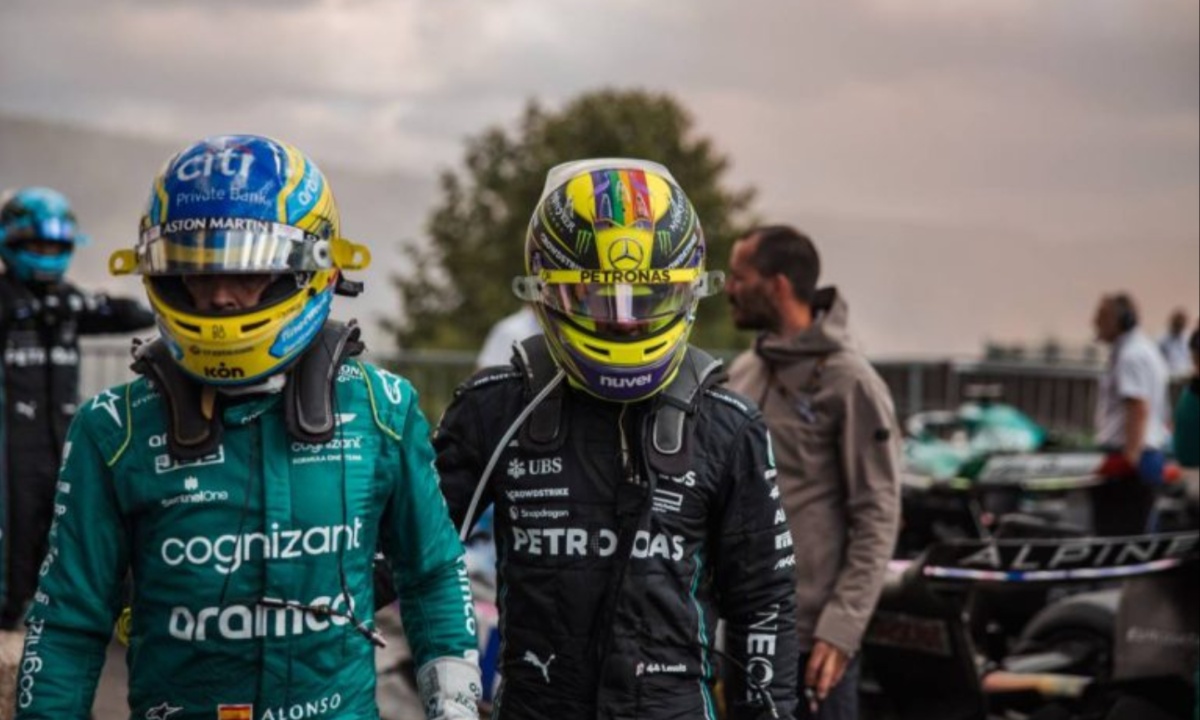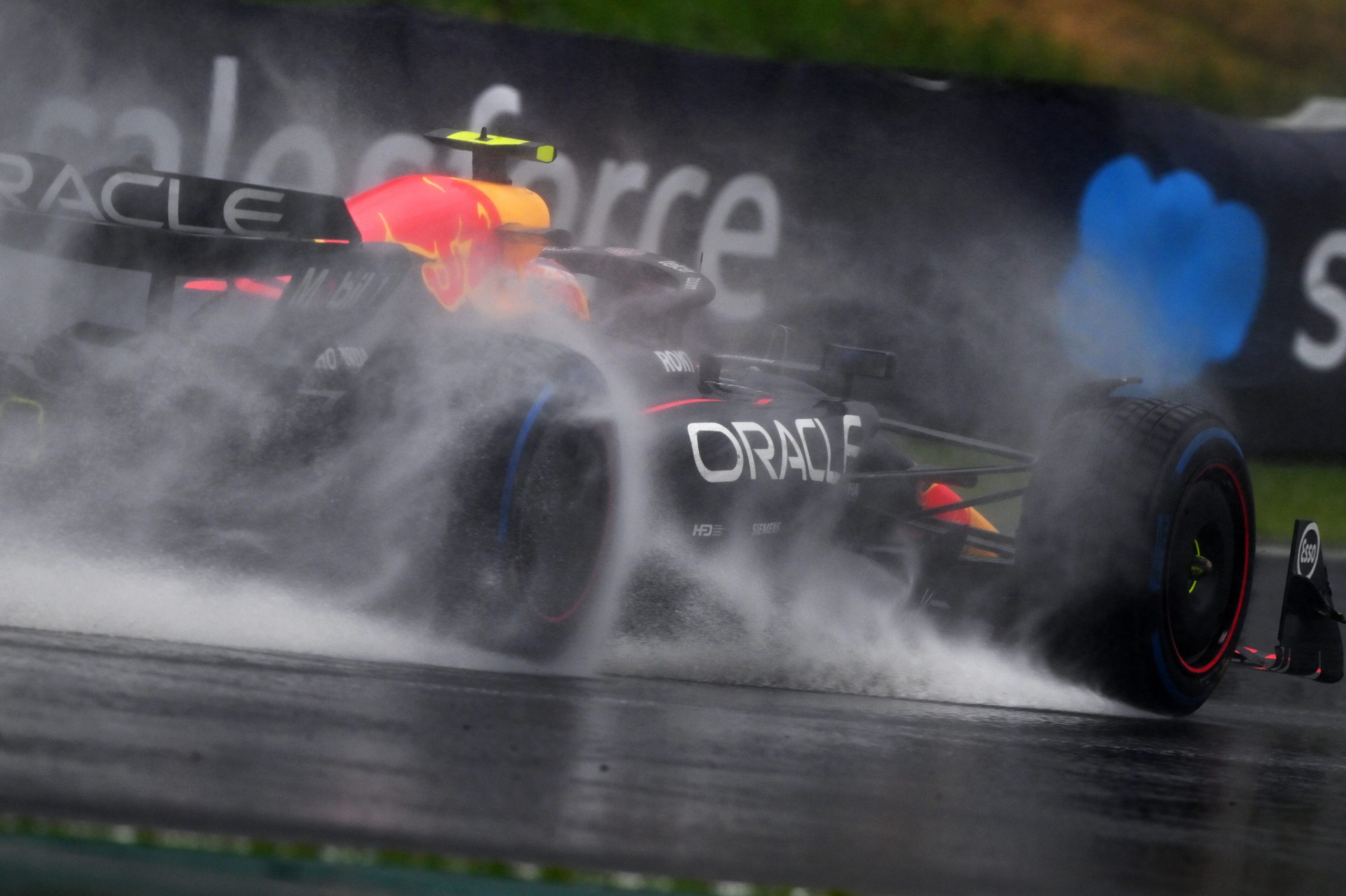Fernando Alonso recently voiced strong criticism of Pirelli’s wet-weather Formula 1 tires, suggesting that the tires are not adequate for top-level racing in wet conditions. During the Brazilian Grand Prix at Interlagos, drivers faced significant challenges with grip in rainy weather, leading Alonso to question whether Pirelli’s wet tires could handle even moderately wet tracks without risking safety. He highlighted that Pirelli’s full wet tires, which have been the only option since 2011, are used sparingly, partly due to the FIA’s safety concerns but also, according to Alonso, due to performance shortcomings that make them unsuitable for elite racing.
Alonso pointed out the recurring issues with aquaplaning and loss of control, noting that accidents are more common under wet conditions with the current tires. He even cited an instance involving fellow driver Franco Colapinto, who struggled to maintain control behind the safety car, suggesting that the tires make it difficult to follow even in controlled, low-speed conditions. Alonso called for improvements to wet-weather tires to prevent incidents and ensure that Formula 1 racing can continue safely and competitively in the rain, aligning with his view that better equipment is necessary for F1’s “top class” standing.

The Brazilian Grand Prix proved especially frustrating for Alonso, as he continued a rough streak of races, failing to finish in the top ten since Singapore. He acknowledged over the team radio that his motivation to finish the race stemmed mainly from his respect for his team’s efforts rather than from a hope for a good result. He expressed disappointment in having to use lower-performance parts after initial setup issues, noting that these changes made his car slower and less competitive throughout the race.
Alonso’s struggles were compounded by technical issues, including brake problems that affected both him and his teammate, Lance Stroll. He reported that his car’s braking distribution was heavily biased toward the rear, making it feel like he was pulling a handbrake during restarts. Additionally, the car suffered from severe porpoising (a bouncing motion), which Alonso said would have normally led him to retire the car. However, he persisted through the difficulties to honor the mechanics and fans who supported him.
Alonso’s criticism of Pirelli’s wet tires echoed comments made by Lewis Hamilton, who recently challenged F1 CEO Stefano Domenicali on the issue. Hamilton raised concerns about the impact of tire quality on schedule, noting that qualifying had to be postponed due to wet weather and tire performance limitations. This collective push from top drivers like Alonso and Hamilton suggests increasing pressure on both Pirelli and F1 officials to address the issues with wet-weather tire performance and prioritize improvements to ensure safer, more competitive racing conditions.

